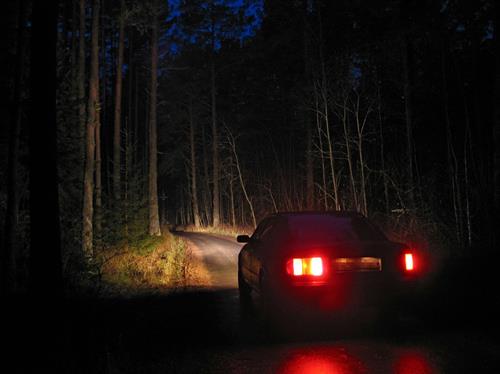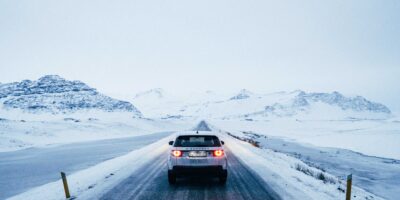ROAD SAFETYÂ organisation GEM Motoring Assist is encouraging all road users to see and be seen through the coming winter months. Darker days bring poor visibility and higher risk of collisions, simply because it can be harder to spot hazards. However, a combination of straightforward actions can reduce these risks for drivers and those they meet on their journeys.
“Let’s start with how well we see,†says GEM road safety officer Neil Worth. “Research has shown that we can lose 40 per cent of our eyesight over a number of years1, without even noticing. So booking an eye test is a good way to ensure we can see and react to what’s happening around us when we’re at the wheel.
“Keeping vehicle lights clean and free of dirt means they’ll do their job more effectively, while ensuring your screen wash is topped up will help you gain the best view through your windscreen – particularly important when bad weather reduces visibility. Check wipers, too, as they do a vital job in keeping your windscreen clear and unobstructed,†says Neil Worth.
Other easy measures can make a big difference in maximizing visibility:
Removing ice and snow from lights, windows and mirrors is a priority before any journey in cold weather.
Rain and spray make driving difficult. Always slow down and use dipped headlights.
Glare from low winter sun can reduce visibility. In some circumstances, especially in the early morning and late afternoon, glare can leave drivers with no forward vision at all. Reflected glare from wet roads can also seriously compromise what we’re able to see. In these circumstances, slow down and be prepared to stop.
Don’t delay switching on your lights. Even if your view of the road ahead is good, you may be much less visible to other road users, especially if you drive a dark-coloured vehicle.
Too many drivers are making themselves harder to spot from behind when daytime visibility is reduced. This is because they’re relying on automatic lighting systems and daytime running lights, which only relate to front lights. So take responsibility for the lights you need, and remember that your lights don’t just help you to see other vehicles and hazards… they help others see you as well.
Daytime running lights alone are not sufficient to make you properly visible to oncoming traffic and other road users, especially in foggy or wet conditions. So switch on your dipped headlights and make yourself properly visible.
“Just about all the information we need as drivers comes from what we see,†concludes Neil Worth. â€Therefore, ensuring we see as much as possible will help us to stay safe, and will mean we’re doing our bit to keep others around us safe as well.â€








